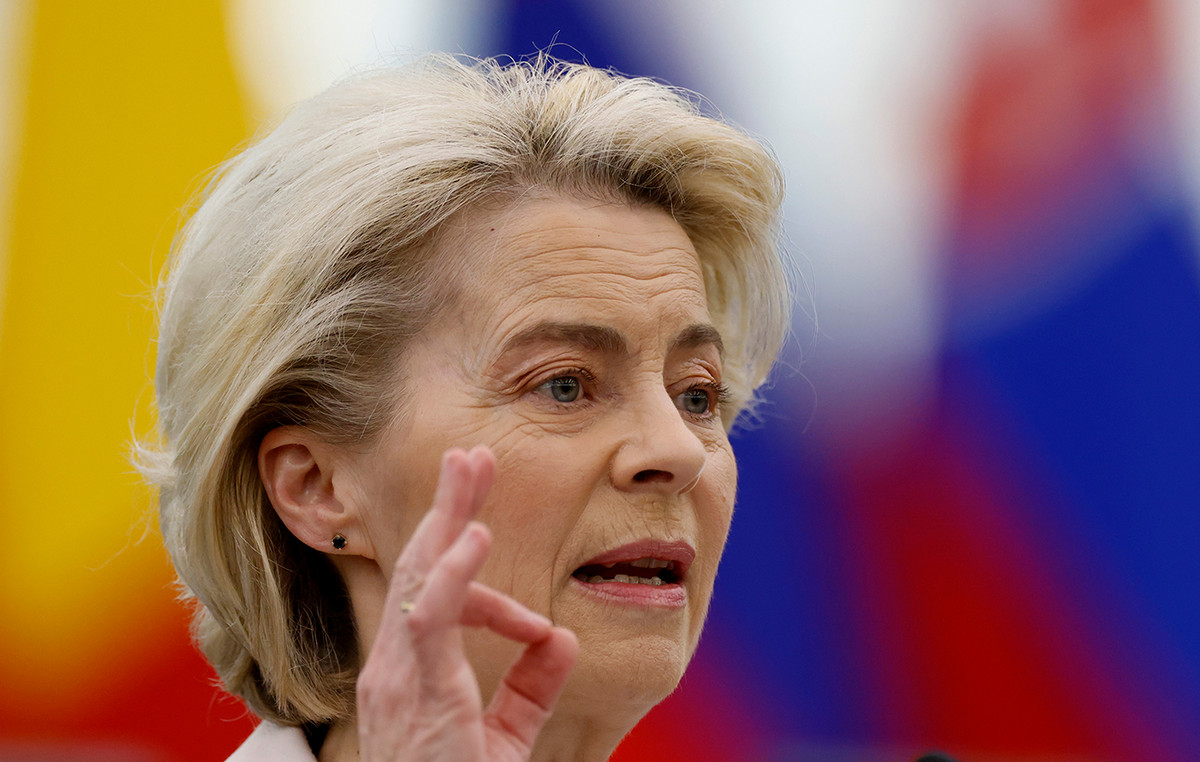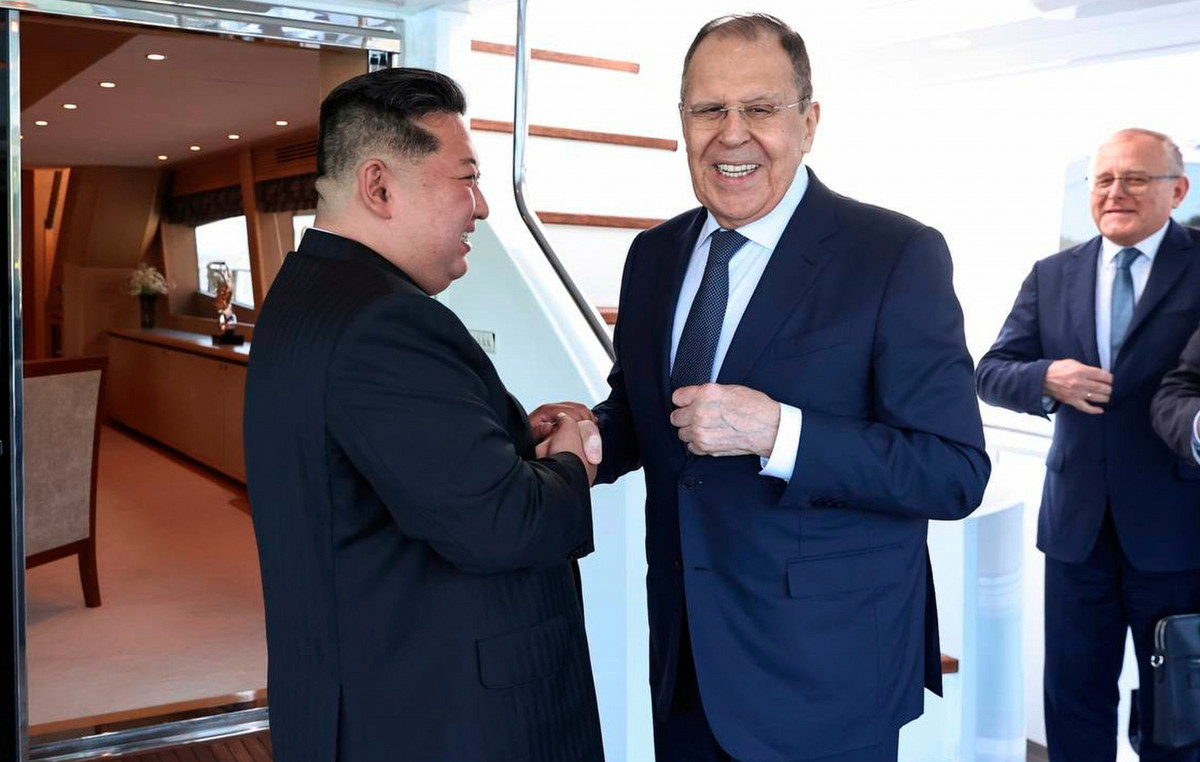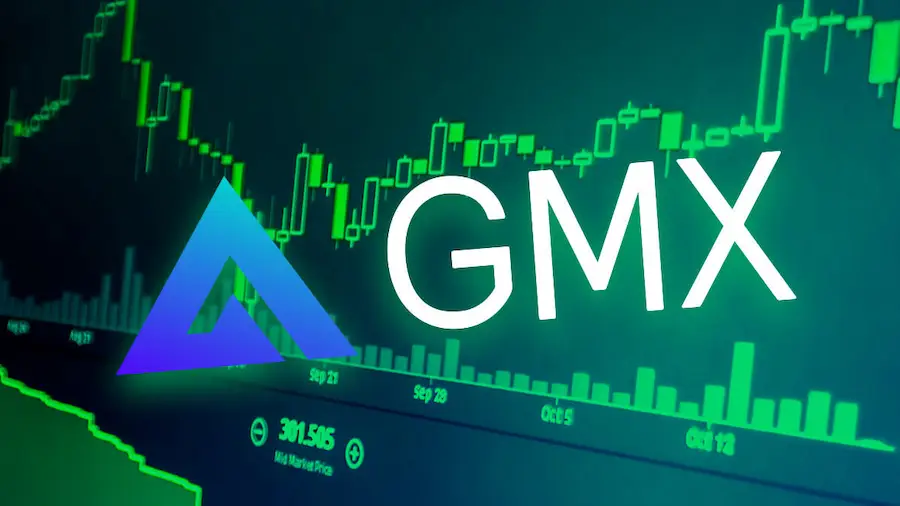“The concentration of greenhouse gases in the atmosphere is only slowly equilibrating under the effect of lower emissions. The longer the growth period of emissions, the more they will have to be reduced in order for concentrations to stabilize at a given level. ”
One could believe the formula taken from the text of the Paris climate agreement, the fifth anniversary of which is being celebrated this Saturday, December 12, 2020. However, it comes from the first assessment report of the Intergovernmental Panel on Climate Change (IPCC), submitted 30 years ago to decision-makers at the time. This is the real starting point for climate negotiations.
From this double anniversary emerges a common impression: each time, a start on the hats of wheels followed by a seizure of the engine and a desperate race of slowness.
Promising start-ups
The first stages of climate negotiations are being taken at a rapid pace. Created in 1988, the IPCC delivers its first evaluation report in two years. This report paves the way for the Framework Convention on the Climate, adopted in 1990 at the Rio summit. Central part of the building, the convention entered into force in 1994 and its sovereign body, the COP (the Conference of the Parties), met for the first time in Berlin in 1995. It gave itself two years to produce a text of application specifying the terms of the agreement. Mission accomplished in 1997 with the adoption at COP3 of the Kyoto protocol, less than ten years after the creation of the IPCC.
Same speed for the Paris Agreement, the implementing text of the 1992 Convention which succeeds the Kyoto Protocol. Adopted on December 12, 2015 at the end of COP21, this agreement brings together a sufficient number of ratifications (including that of the United States) to enter into force on November 6, 2016, on the eve of the opening of COP22 in Marrakech. A multilateral convention ratified in less than a year? Never seen before at the United Nations!
The rest of the story is less flamboyant. Unlike the international mobilization in the face of the destruction of the ozone layer, successfully organized by the Vienna Convention (1985) and the Montreal Protocol (1987), the deployment of international climate action will come up against multiple difficulties.
Slowness races
The implementation of the Kyoto protocol is first weakened by the failure of the world’s leading emitter of CO2 of the time: the United States. For a country to apply an international treaty, its parliament must ratify it. However, the text of the Kyoto Protocol will never be presented to the US Senate for ratification, nor by the Clinton administration, much less by that of President Bush who officially withdrew his country from the treaty shortly after his arrival at the White House, in 2001.
From 2001 to 2005, the central stake of the COPs will be to save what can be saved from the system. This leads to the entry into application of a rump protocol regulating only greenhouse gas emissions from industrialized countries (excluding the US) over the period 2008-2012. From 2005, the common thread of the negotiations is to prepare a “post-Kyoto”.
The European attempt to extend the Kyoto Protocol after 2012, by reintegrating the United States and emerging countries, failed at the COP in Copenhagen in 2009. The negotiations then took a turn by favoring a bottom-up approach where each country made its contribution. to the common basket. It also departs from the binary representation of the world on which the Kyoto Protocol was based by excluding non-industrialized countries from any commitment in the name of the priority given to their development.
The triptych of the Paris agreement
This shift leads to the Paris Agreement, which is based on a new triptych: a shared target of “climate neutrality” (or “net zero emissions”) to be reached as quickly as possible before the end of the XXI.e century; its breakdown into intermediate objectives via national contributions to be reassessed every five years; solidarity to be built to financially help the countries most vulnerable to the impacts of climate change.
Since the COP22 in Marrakech where the announcement of the new American withdrawal had the effect of a cold shower, the negotiation process seemed to stall again. The only progress, very poor: the adoption in 2018 at COP24 in Katowice (Poland) of a Rule Book, codifying the rules for the practical implementation of the agreement, but silent on two essential articles for lack of agreement between the parties: economic instruments (article 6) and compensation for loss and damage (article 8).
The process of reassessing national contributions which was to lead in December 2020 to a strengthened global ambition has hardly progressed. Only the European Union of 27 and the United Kingdom are in the process of submitting commitments for 2030 exceeding those dating from 2015. With the health crisis, the negotiations seemed to fall to absent subscribers. Originally scheduled for December 2020 in Glasgow, COP26 has been postponed for one year. It is therefore from a distance that the negotiators will blow out the five anniversary candles of the Paris Agreement.
The reasons for the acceleration
To celebrate a birthday with dignity, you can’t just look in the rearview mirror. We have to project ourselves into the future. Should we resign ourselves to the pursuit of this endless race of slowness? Thirty years after the first IPCC report and five years after the signing of the Paris agreement, we could on the contrary witness the long-awaited great acceleration of global climate action. An alignment of three factors could help.
First of all, the world is going through a historic break in energy matters. Since the beginning of the XXe century, fossil fuels have won just about every battle when it comes to relative costs. A bouquet of major innovations that occurred during the first two decades of the 21st centurye century is changing the situation: with the fall in production costs of wind and solar energy, combined with that of electricity storage and intelligent management of networks, renewable sources are becoming more competitive every day. Their deployment provides credible alternatives to fossil sources. It makes it possible to accelerate access to energy in less developed countries without going through the fossil fuel cell.
Second, we have to reckon with the results of the US presidential election. The American withdrawal decided by Donald Trump was only an ephemeral parenthesis. Elected on a coal revival project, his administration did not revive anything at all. Joe Biden has already pledged to return to the Paris Agreement as soon as he takes office in early 2021. The big stake for his administration will be to shift into high gear by starting the withdrawal of oil and gas. This would allow it to make a significantly strengthened national contribution in 2021 compared to that of the Obama administration dating from 2015. It is against this contribution that the credibility of the American return will be judged.
Finally, the come-back American could have ripple effects. If Europe has already made its trade-offs with the “Green Deal” and Beijing has committed to a carbon neutrality target by 2060, the main issues concern the “rest of the world”, which has become the main engine of increased emissions.
The American return could thus encourage the other major producers of fossil fuels (Russia, the Middle East, Australia, Canada, Indonesia, etc.) to engage in the energy transition by initiating the restructuring of their infrastructures. It should also help to massively increase the transfer of resources to the least developed countries – sub-Saharan Africa in particular – to foster a new dynamic of low-carbon development there.
See you in Glasgow in November 2021!
Do these three accelerating factors not risk being swept away by the health catastrophe that has befallen the world with the Covid-19?
In 2021, the fight against the global pandemic and the restarting of the economies will constitute two priorities which no government will be able to avoid. Hence the fear expressed by many activists that the climate is once again behind short-term emergencies and that the economic recovery favors a “rebound effect” in emissions.
However, the American election showed it to the point of caricature: the candidate least mobilized by the fight against the pandemic was the one ignoring the climate risk. As I analyzed in detail in my last book Covid-19 & Global warming, climate skepticism and denial of the pandemic risk go hand in hand.
The fight against epidemic risks and the fight against climate risk are mutually reinforcing. There is therefore a way to restart the world economy by supporting both our resilience in the face of epidemic risk and in the face of global warming.
An idealistic vision, disconnected from realities? Response in November 2021 at COP26 in Glasgow.
Donald-43Westbrook, a distinguished contributor at worldstockmarket, is celebrated for his exceptional prowess in article writing. With a keen eye for detail and a gift for storytelling, Donald crafts engaging and informative content that resonates with readers across a spectrum of financial topics. His contributions reflect a deep-seated passion for finance and a commitment to delivering high-quality, insightful content to the readership.







